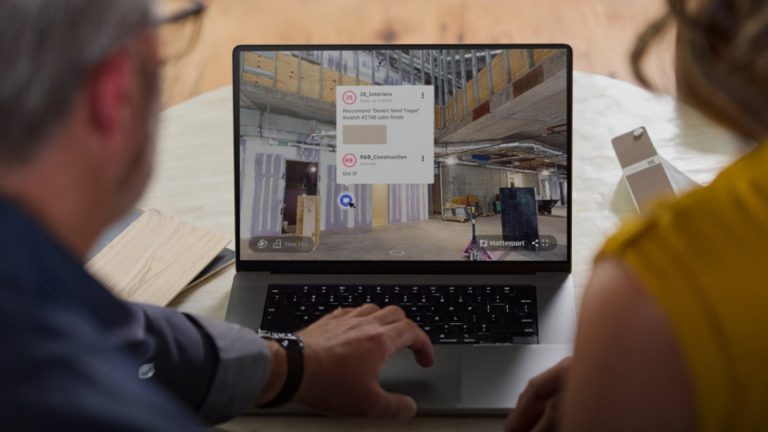Reimagine Retail with Immersive 3D Experiences
Retail has undergone a significant transformation in recent years, with technology playing a crucial role in shaping the future of shopping experiences. One such technology that is revolutionizing the retail sector is immersive 3D experiences. By leveraging advanced tools like Matterport, retailers can now offer customers a virtual shopping experience that is not only engaging but also incredibly convenient.
The Power of Immersive 3D
Immersive 3D experiences allow customers to explore retail spaces in a way that was previously not possible. Using Matterport technology, retailers can create detailed 3D models of their stores, allowing customers to virtually walk through the aisles, browse products, and even make purchases without leaving the comfort of their homes. This level of immersion not only provides a more engaging shopping experience but also addresses the growing demand for online shopping options.
One of the key benefits of immersive 3D experiences in retail is the ability to showcase products in a more realistic and interactive manner. By creating 3D models of their products, retailers can offer customers a virtual showroom where they can view items from every angle, zoom in for a closer look, and even see how products look in different settings. This level of detail helps boost customer confidence in their purchase decisions and reduces the likelihood of returns, leading to a more seamless shopping experience for both customers and retailers.
Enhancing the Customer Experience
With the rise of e-commerce, retailers are constantly looking for ways to differentiate themselves and provide customers with a personalized shopping experience. Immersive 3D experiences offer a unique opportunity to create a more personalized and interactive shopping journey for customers. By integrating Matterport technology into their online platforms, retailers can engage customers in a more meaningful way, allowing them to explore products in a way that closely resembles a physical store visit.
Furthermore, immersive 3D experiences can help bridge the gap between online and offline shopping experiences. By offering customers a virtual tour of their stores, retailers can drive foot traffic to physical locations, enhance brand awareness, and create a seamless omnichannel shopping experience. Customers who have previously visited a store online through a 3D tour are more likely to visit the physical store in person, leading to increased sales and customer loyalty.
Conclusion
Immersive 3D experiences are reshaping the retail landscape by providing customers with a more engaging and interactive shopping experience. By leveraging advanced tools like Matterport, retailers can create virtual store environments that not only showcase their products in a realistic manner but also offer customers a personalized shopping journey. As technology continues to advance, the possibilities for immersive 3D experiences in retail are endless, and forward-thinking retailers are embracing this technology to stay ahead of the competition and meet the evolving needs of their customers.



